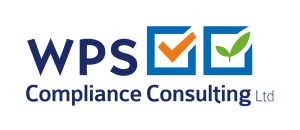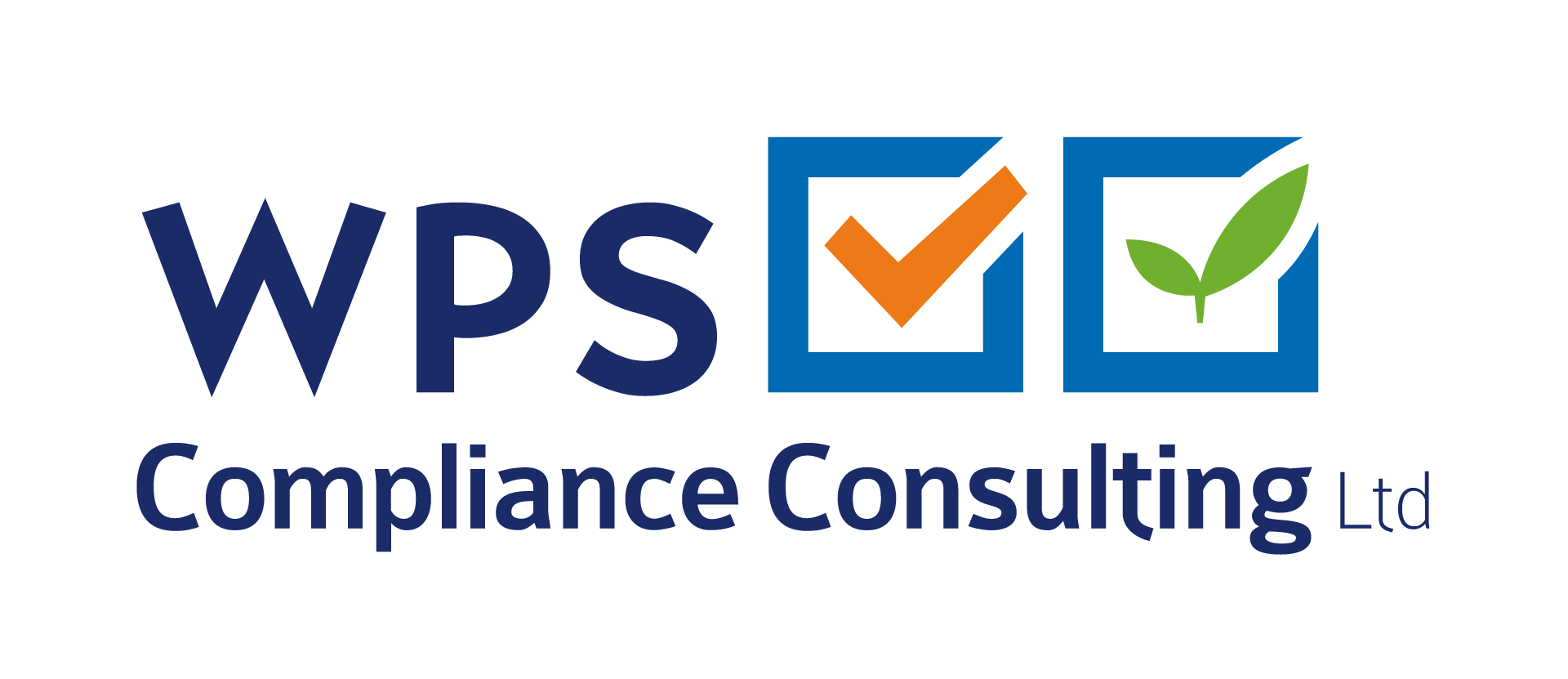Net-Zero Cement (EvoZero)
The world’s first carbon captured net-zero cement has been launched by Heidelberg Materials. Their cement plant in Brevik, Norway is currently building a carbon capture and storage system (CCS), which allows the cement produced to be labelled as net zero carbon. All the cement produced across Europe can be called net zero¹.
The cement is produced from limestone, clay and marl that are extracted from quarries by using heavy machinery to blast or rip these raw materials. Crushing installations are utilised to break down the size of the rocks. This crushed material is stored in a cement-plant and is then homogenised. A new product is produced once this material is burned via a chemical process called sintering. The clinker then cools down and is grounded down into very fine cement, with anhydrite, gypsum and other additives being added depending on where the cement is to be put².
Blockchain technology and accounting have enabled other Heidelberg plants to label their cement as EvoZero carbon captured, that will assumingly be for clients that are willing to pay an additional cost for a net zero badge. This specific cement will not be carbon neutral but will have the same chemical composition as the net zero cement; this includes the CEM-I to CEM-III product range. Both products have carbon capturing attributes and can harness the power of the blockchain technology that enables clients to receive a carbon proof that is verifiable for their purchase of EvoZero. This will shift the paradigm in the decarbonisation of the construction industry and promote environmentally friendly construction projects.
The CCS facility in Brevik is scheduled to be completed by the end of 2024 and will capture and store 400,000 tonnes of CO₂ per annum, which correlates with 50% of the plant’s emissions. Overall, Heidelberg Materials have employed carbon capture, utilisation, and storage (CCUS) on an industrial-scale and have adopted a science-based approach to reduce their carbon footprint[1].
WPSCC – How Can We Help?
Pre-demolition audits identify opportunities for reclamation, re-use and recycling from a demolition process. They are designed to highlight the potential for maximum material recovery through demolition and provide a bill of quantities of tonnages that will arise. BREEAM Wst 01 Construction Waste Management Standard can only be met if pre-demolition audits are carried out. A Pre-refurbishment audit and a Site Waste Management Plan (SWMP) may be required to comply with BREEAM Wst 01, both of which are services offered by WPSCC.
Waste Classification is an important step in making your business safe and legal. WPSCC have an extensive history and experience of proving Waste Classification and Management. Our expert technical team can assist you in any of these areas. We offer expertise in waste characterisation and documentation to accurately classify waste streams according to applicable regulations and standards.
Call us NOW on 01604 859961, or email [email protected] to ask our advice / guidance.
[1] Construction Index. (2023). Carbon capture makes all our cement net zero, claims Heidelberg. [ONLINE]. Available at: https://www.theconstructionindex.co.uk/news/view/carbon-capture-makes-all-our-cement-net-zero-claims-heidelberg.
2 HeidelbergCement. (No Date). How cement is made. [ONLINE]. Available at: https://www.heidelbergmaterials.com/sites/default/files/assets/document/8a/90/brochure_how_cement_is_made.pdf.



